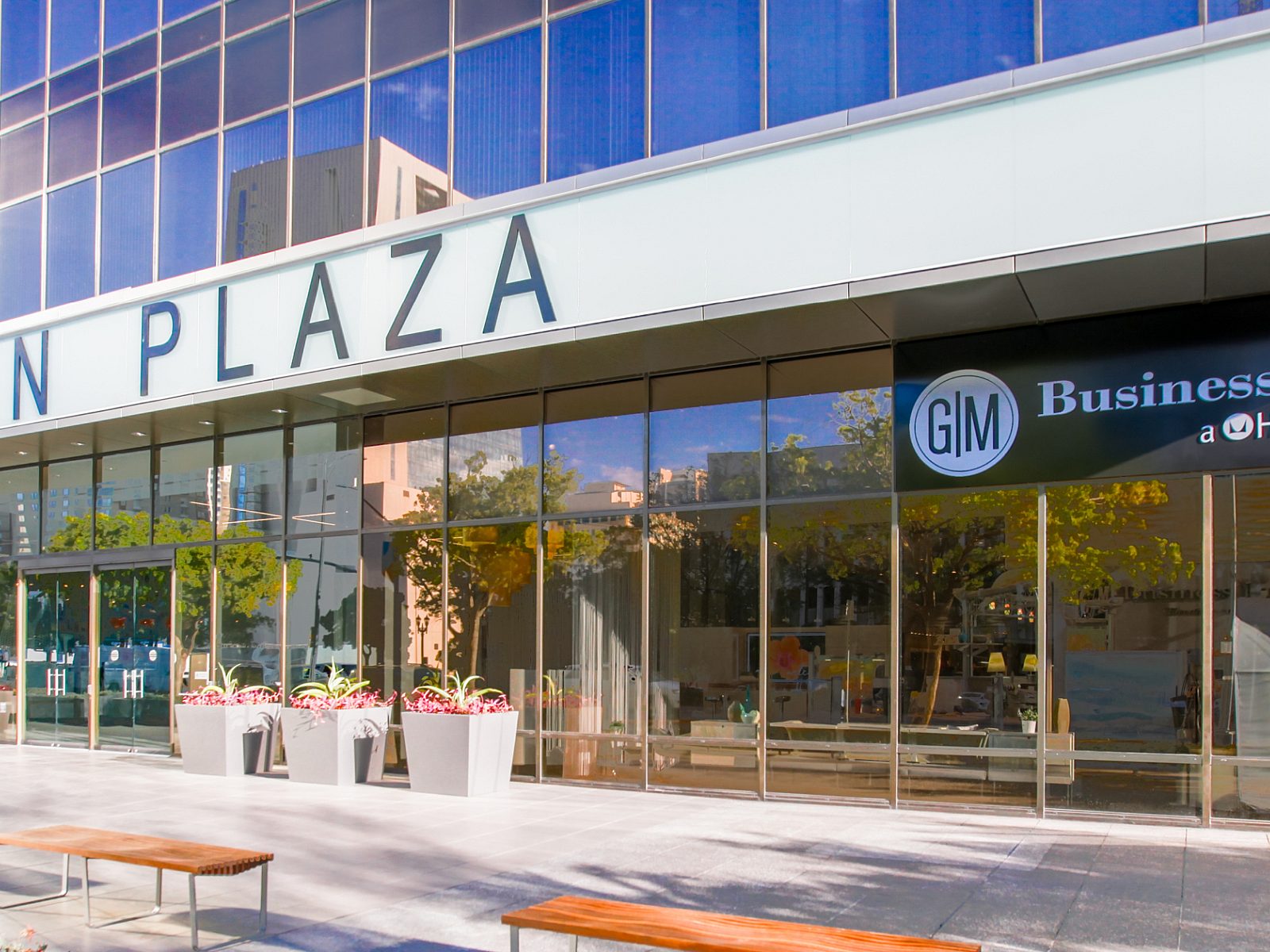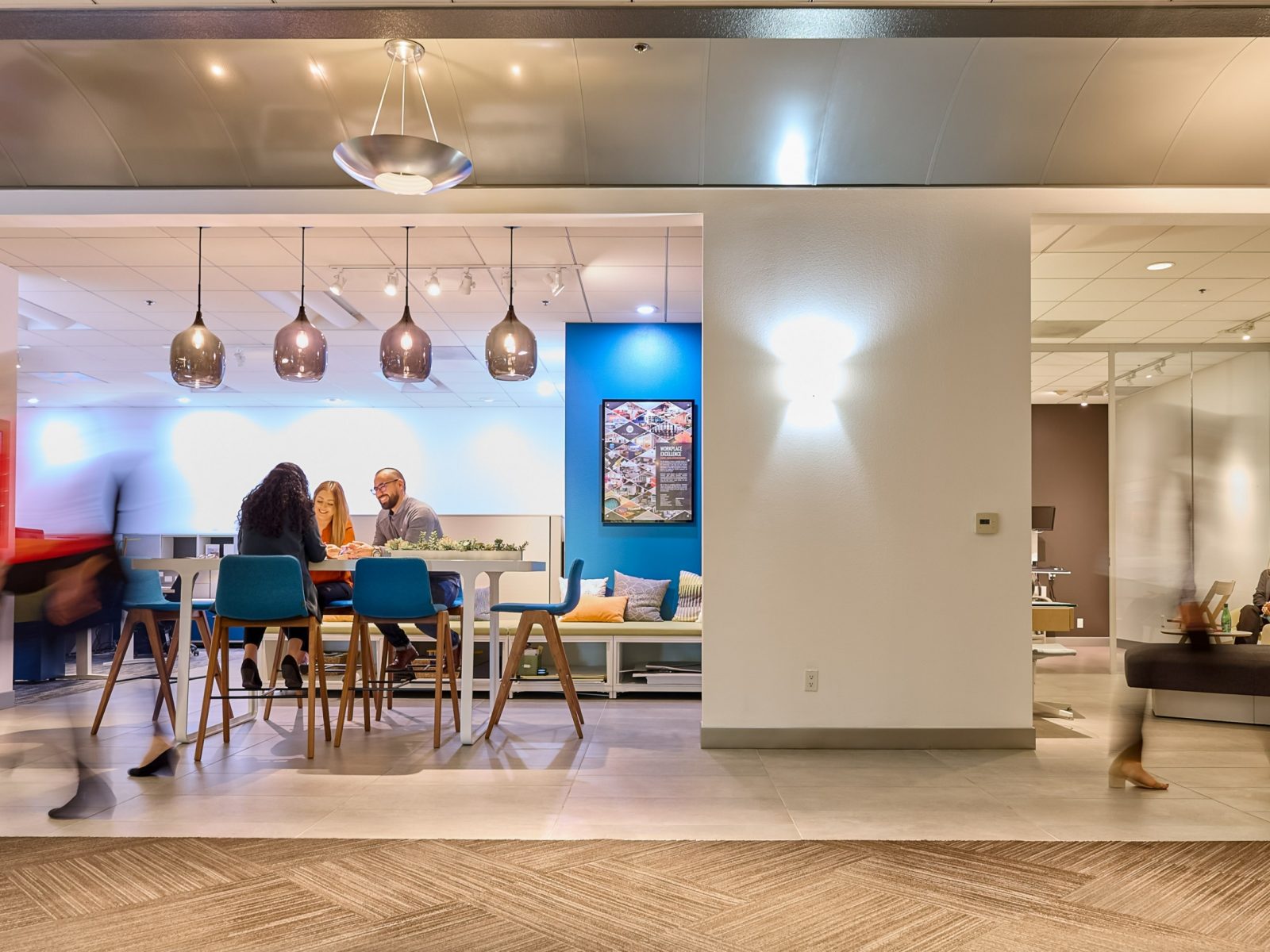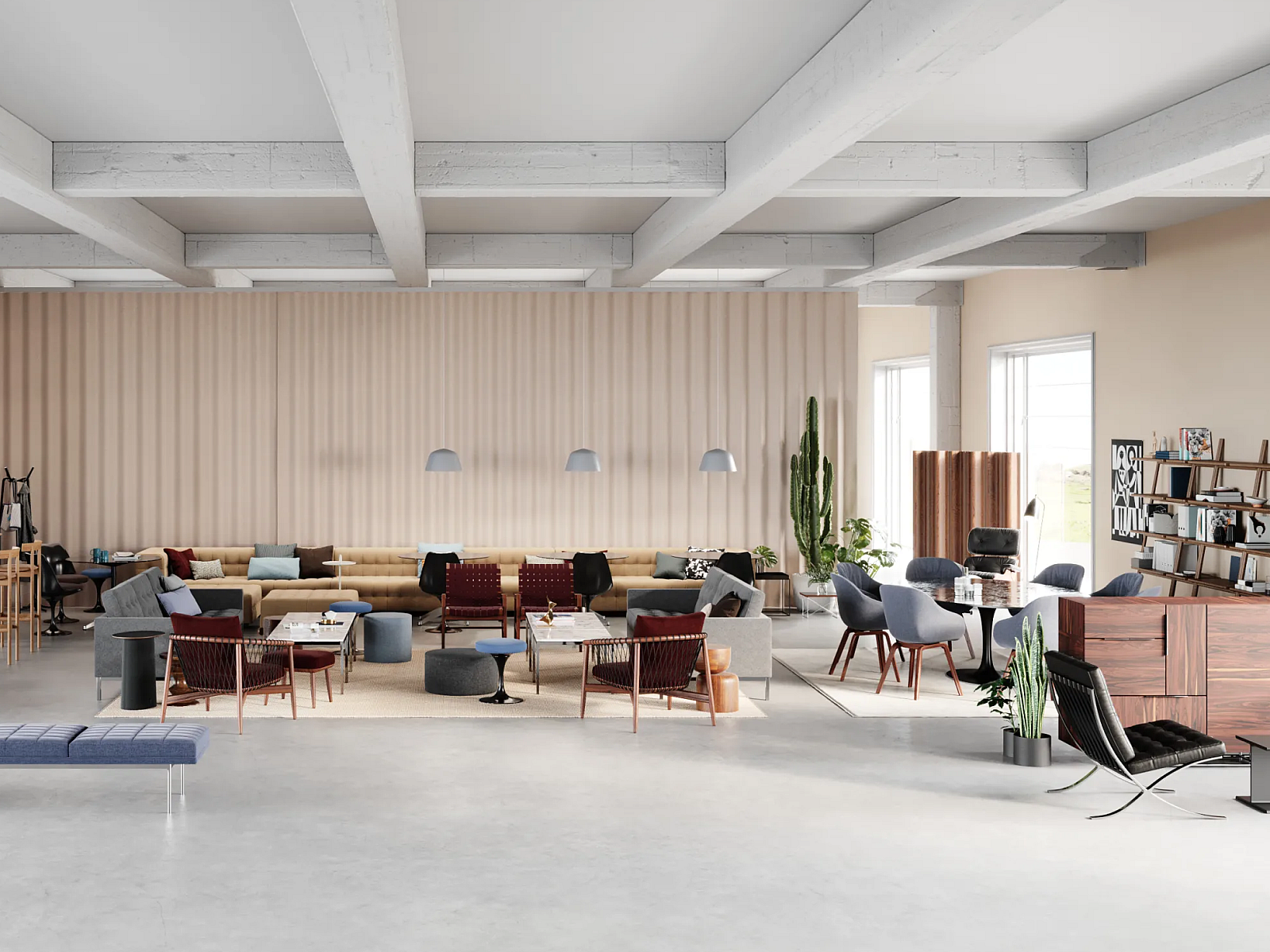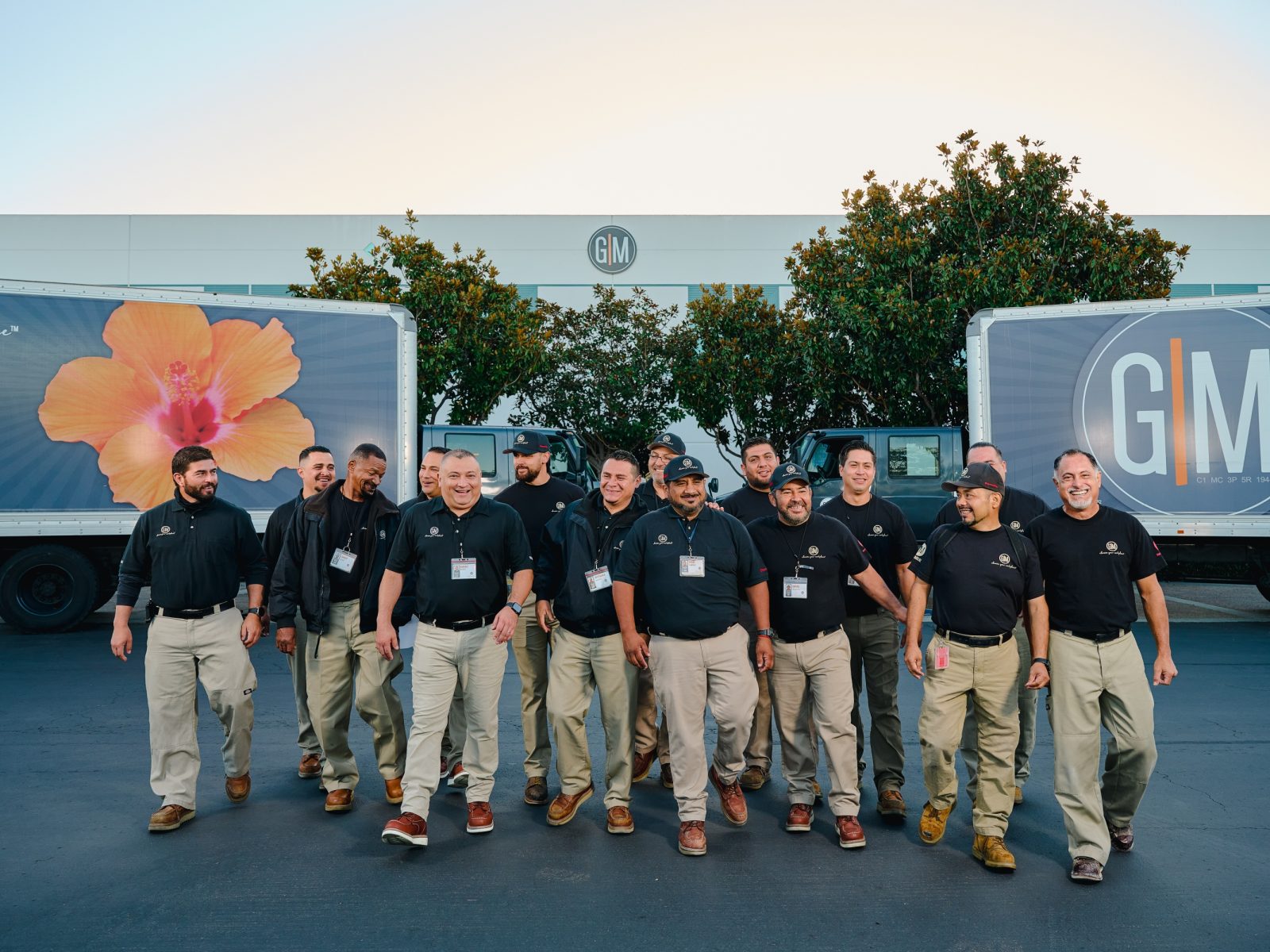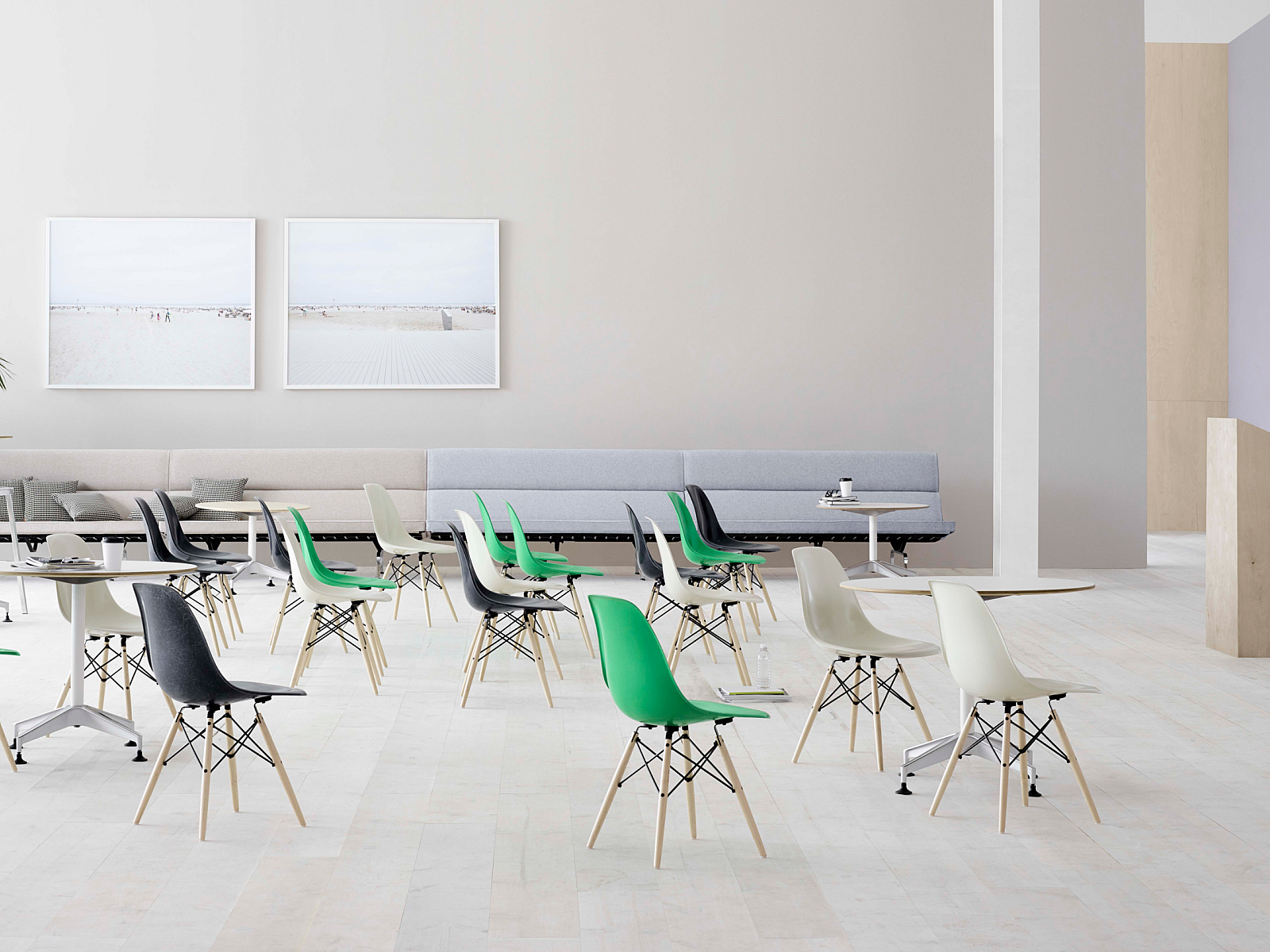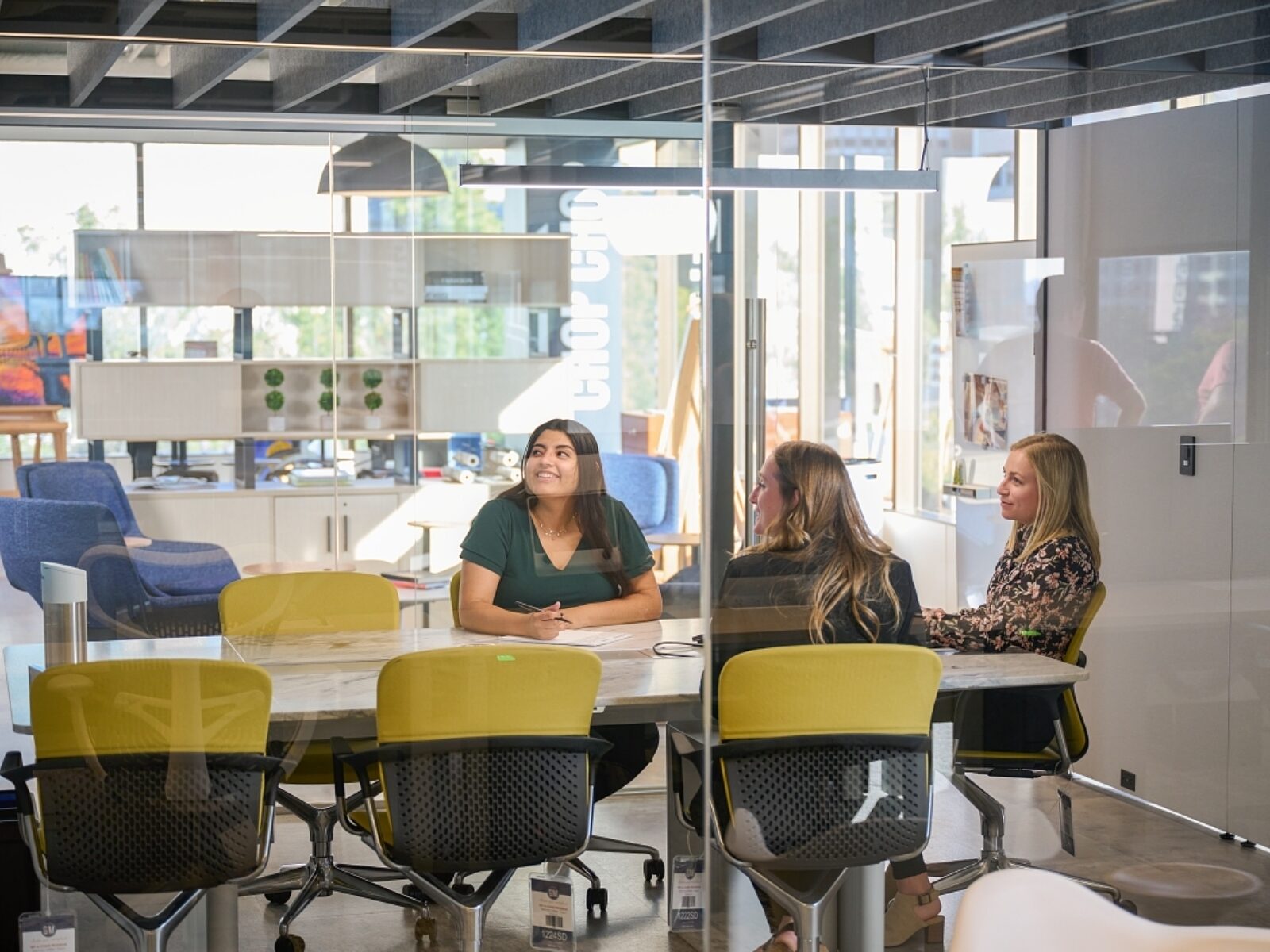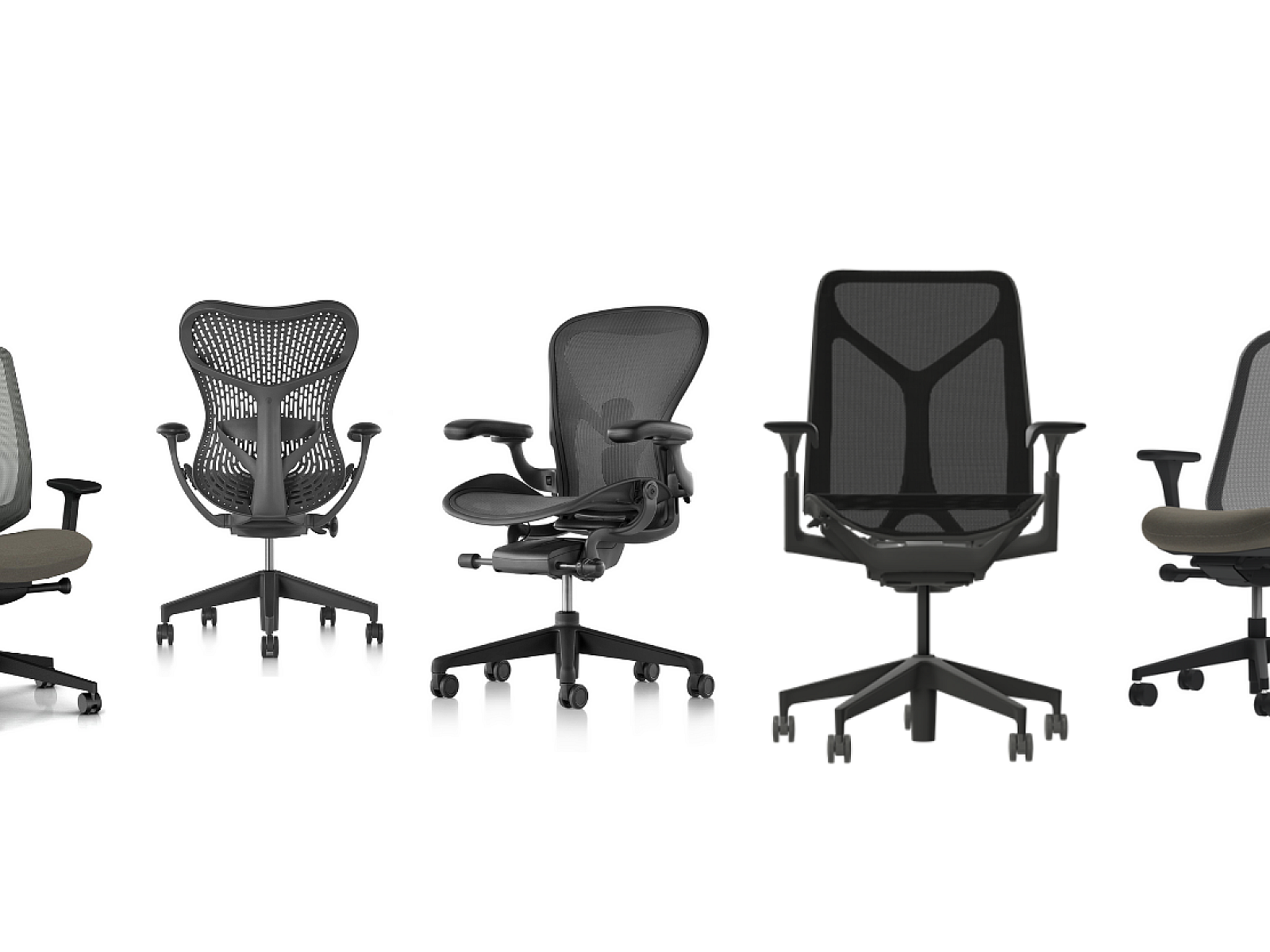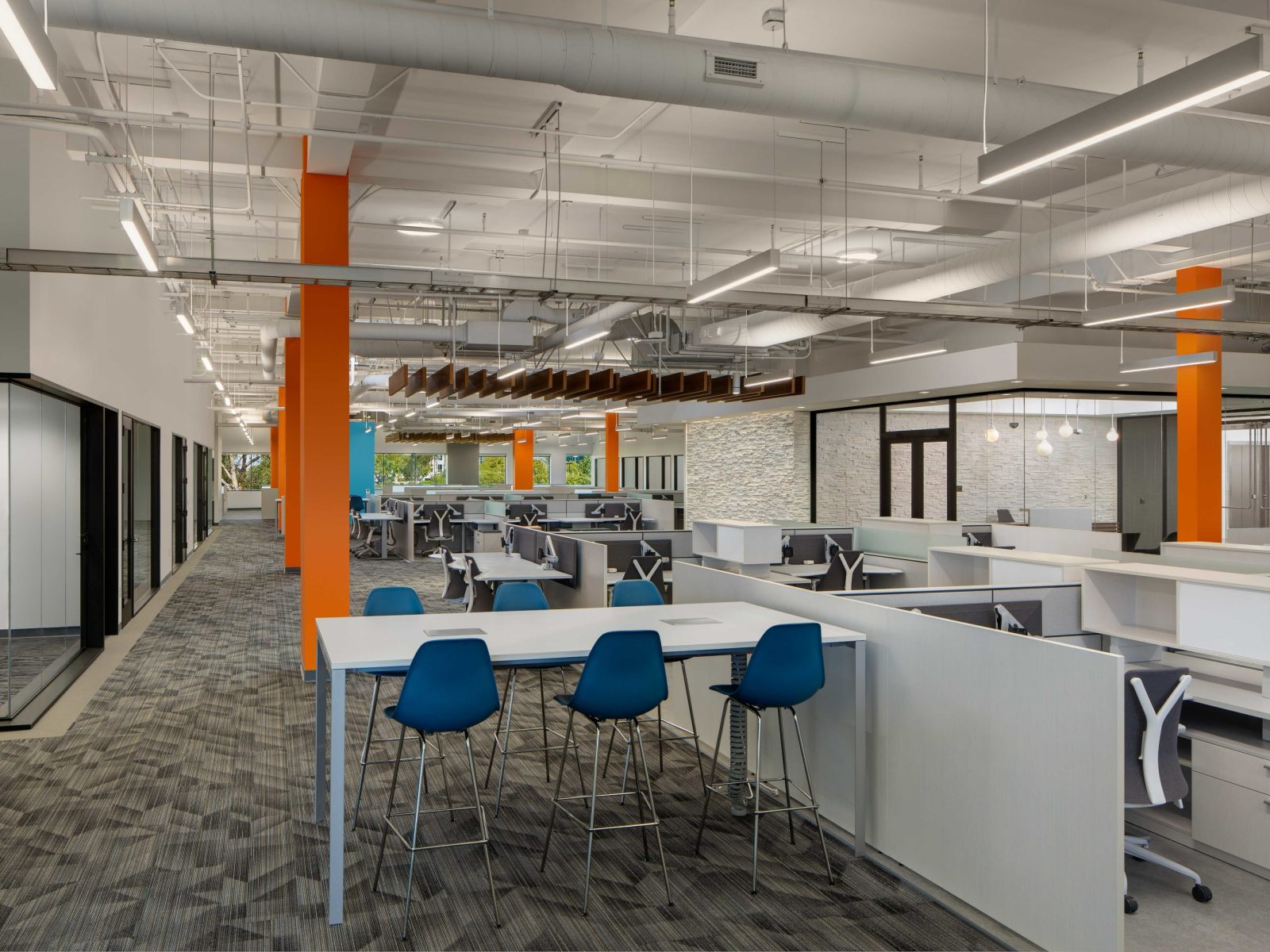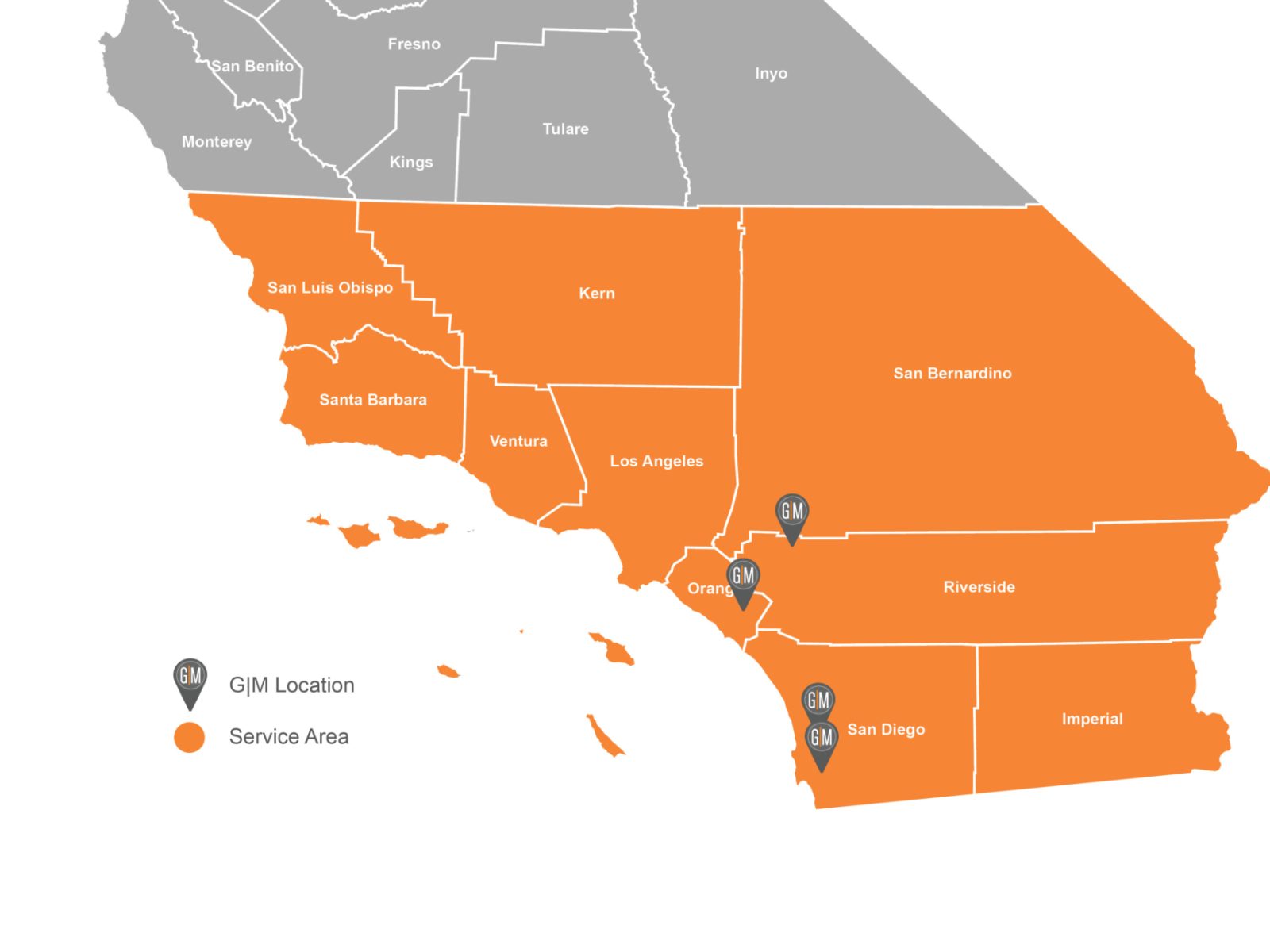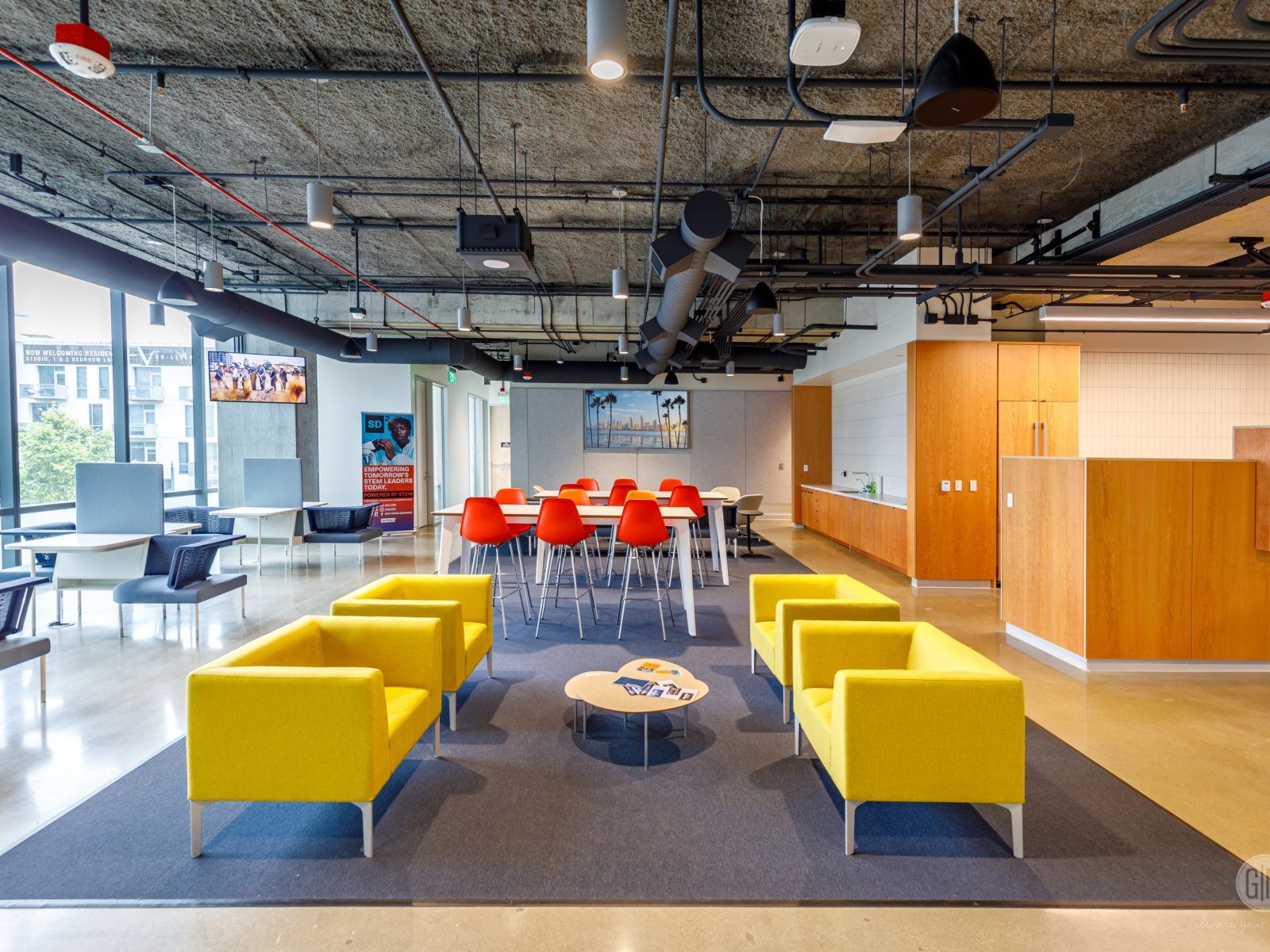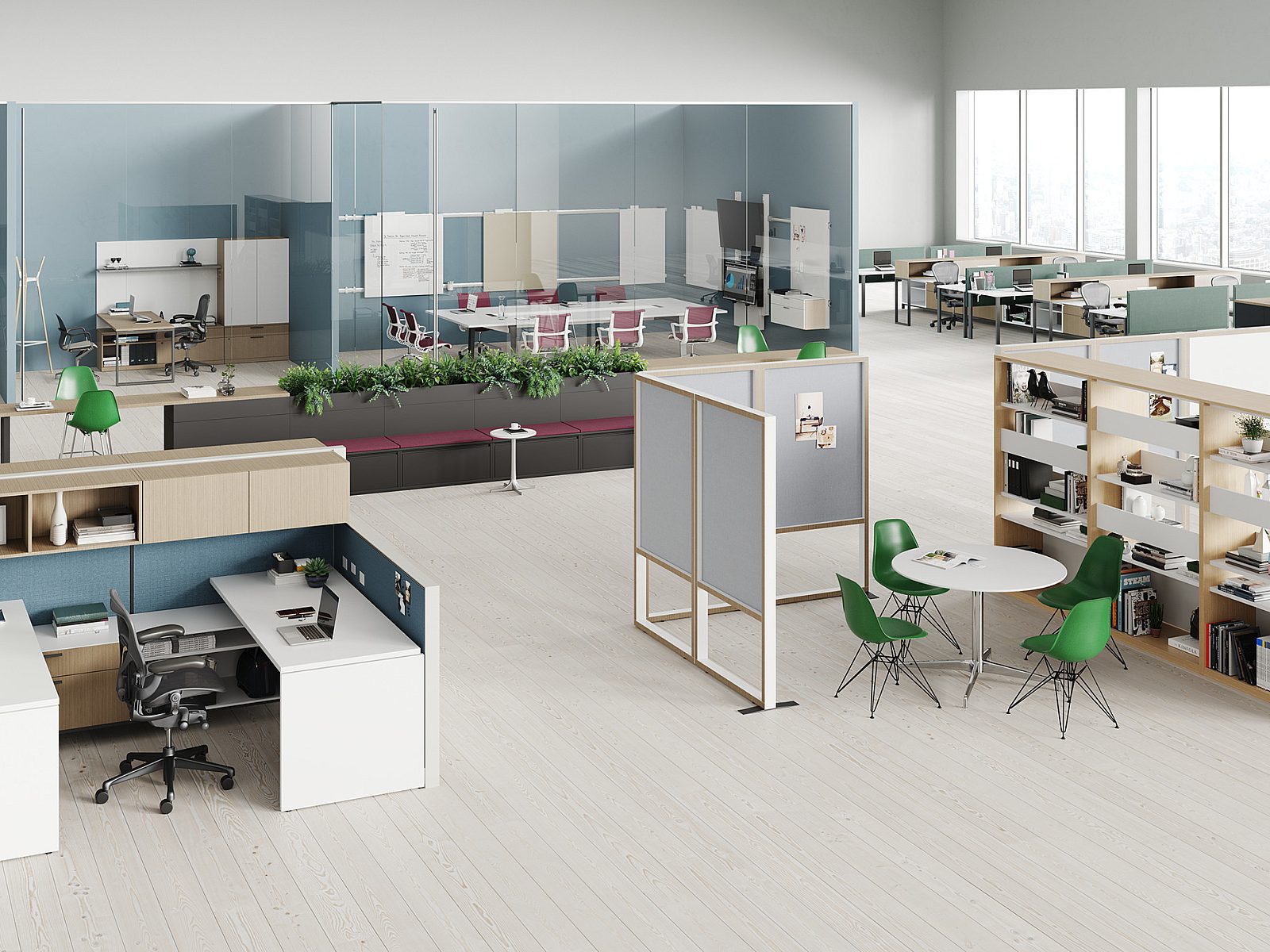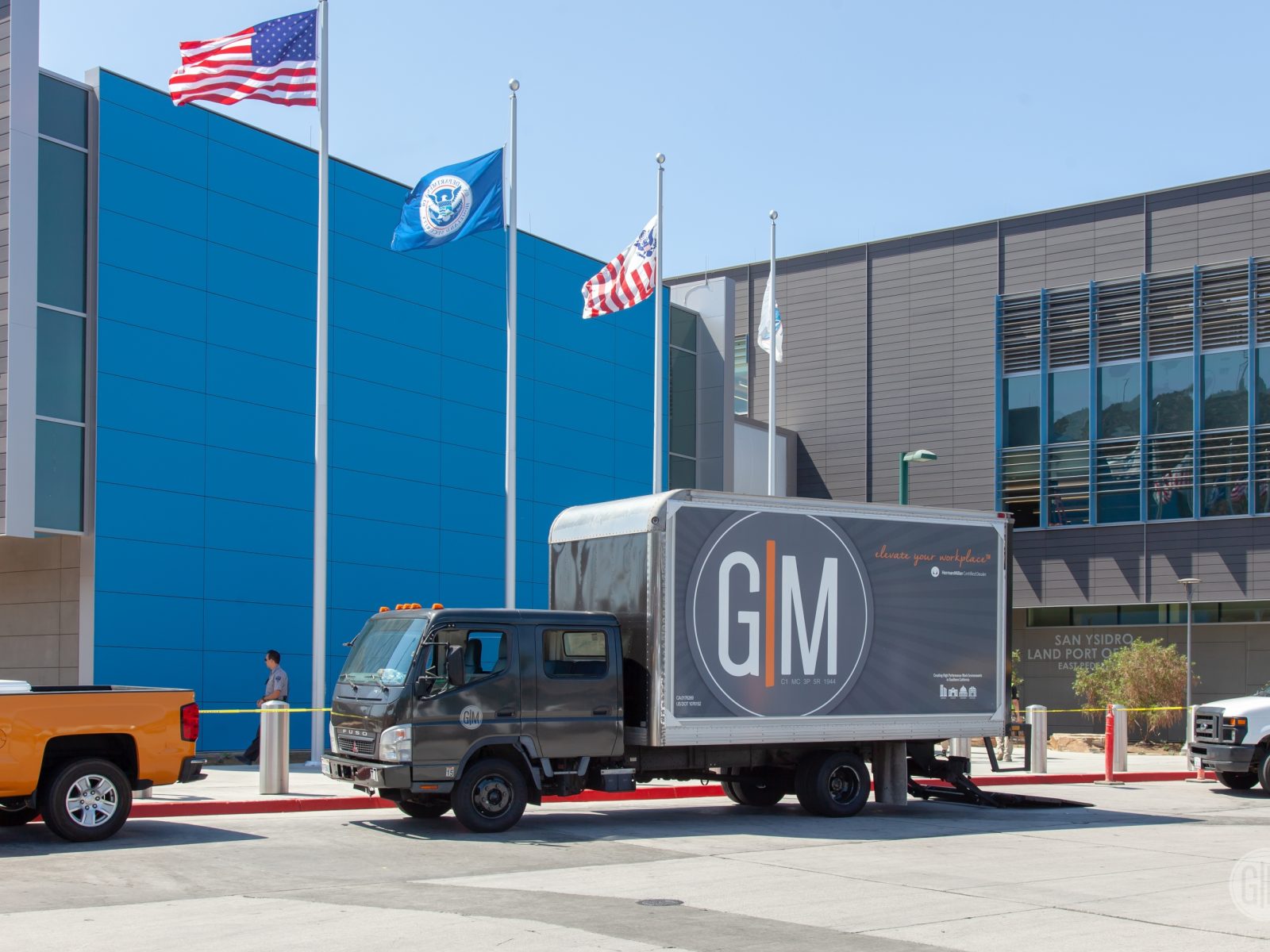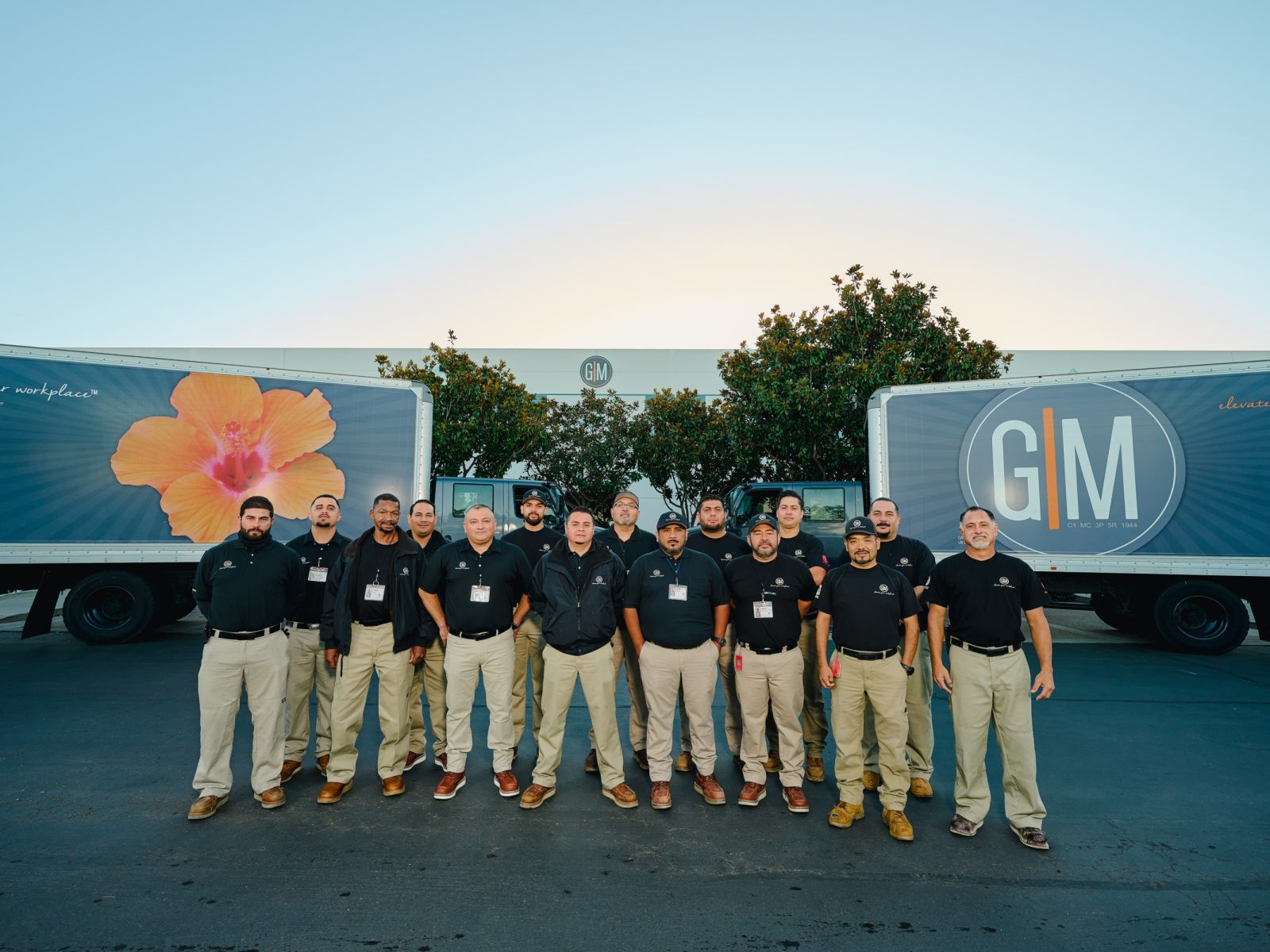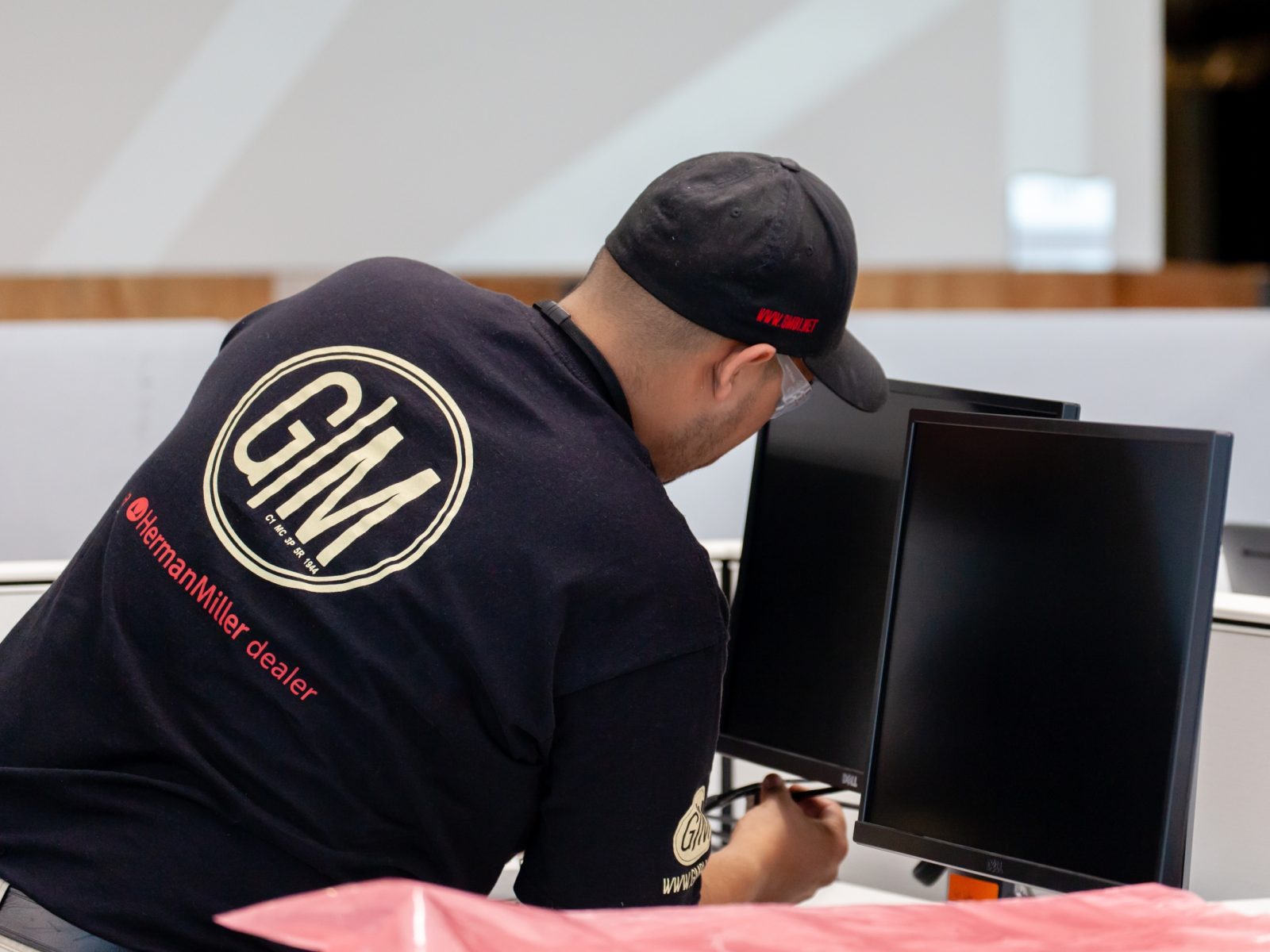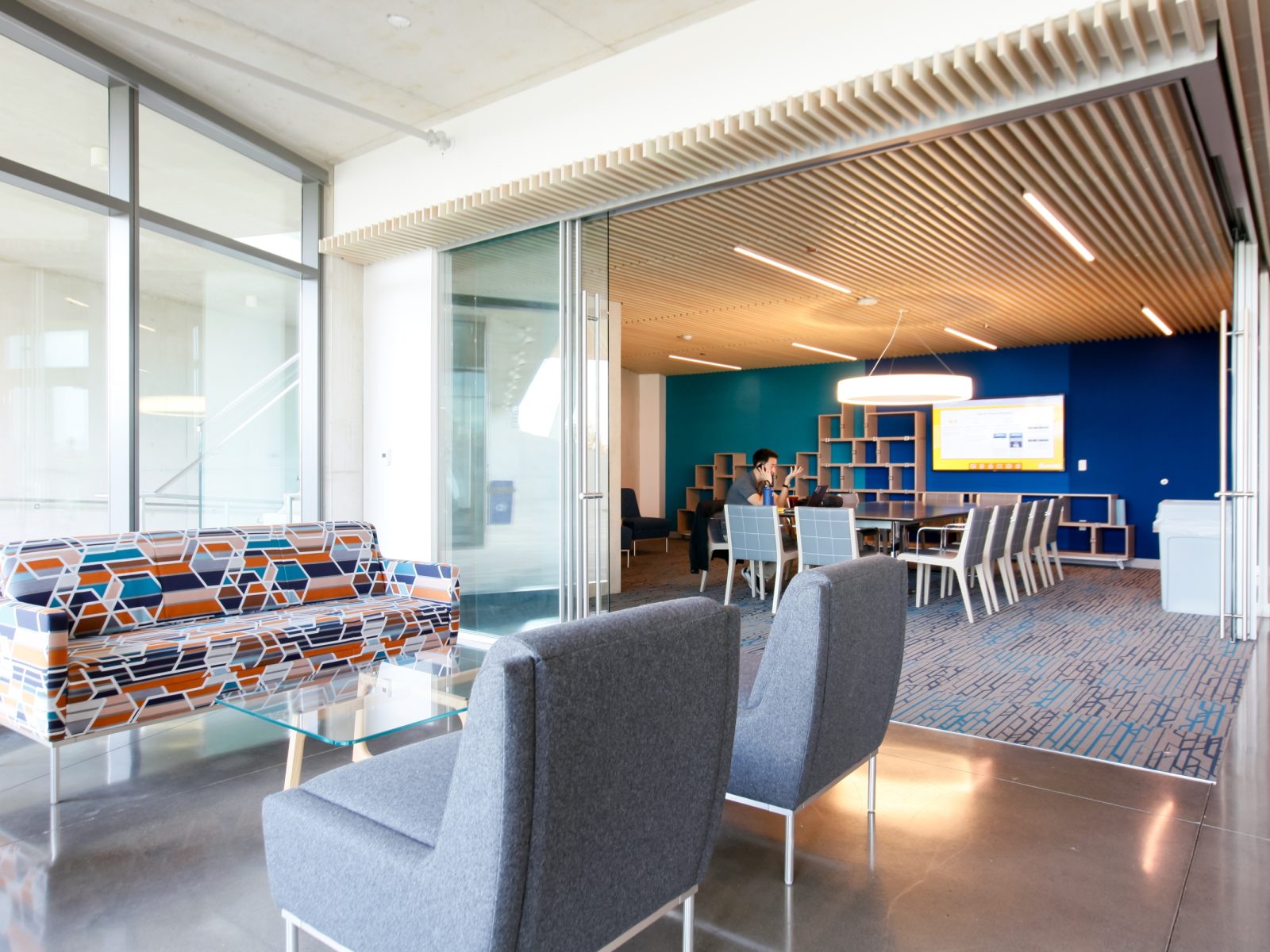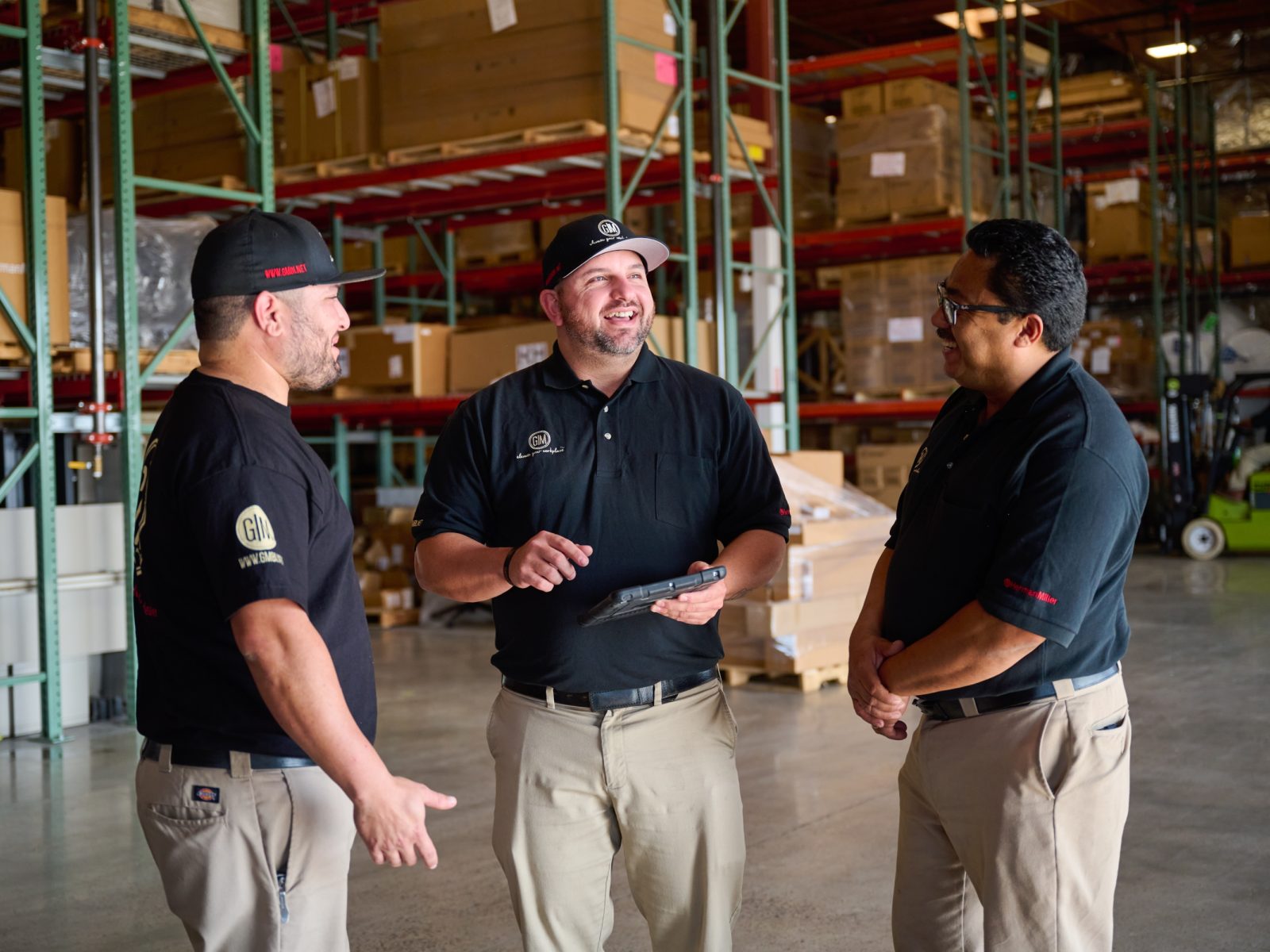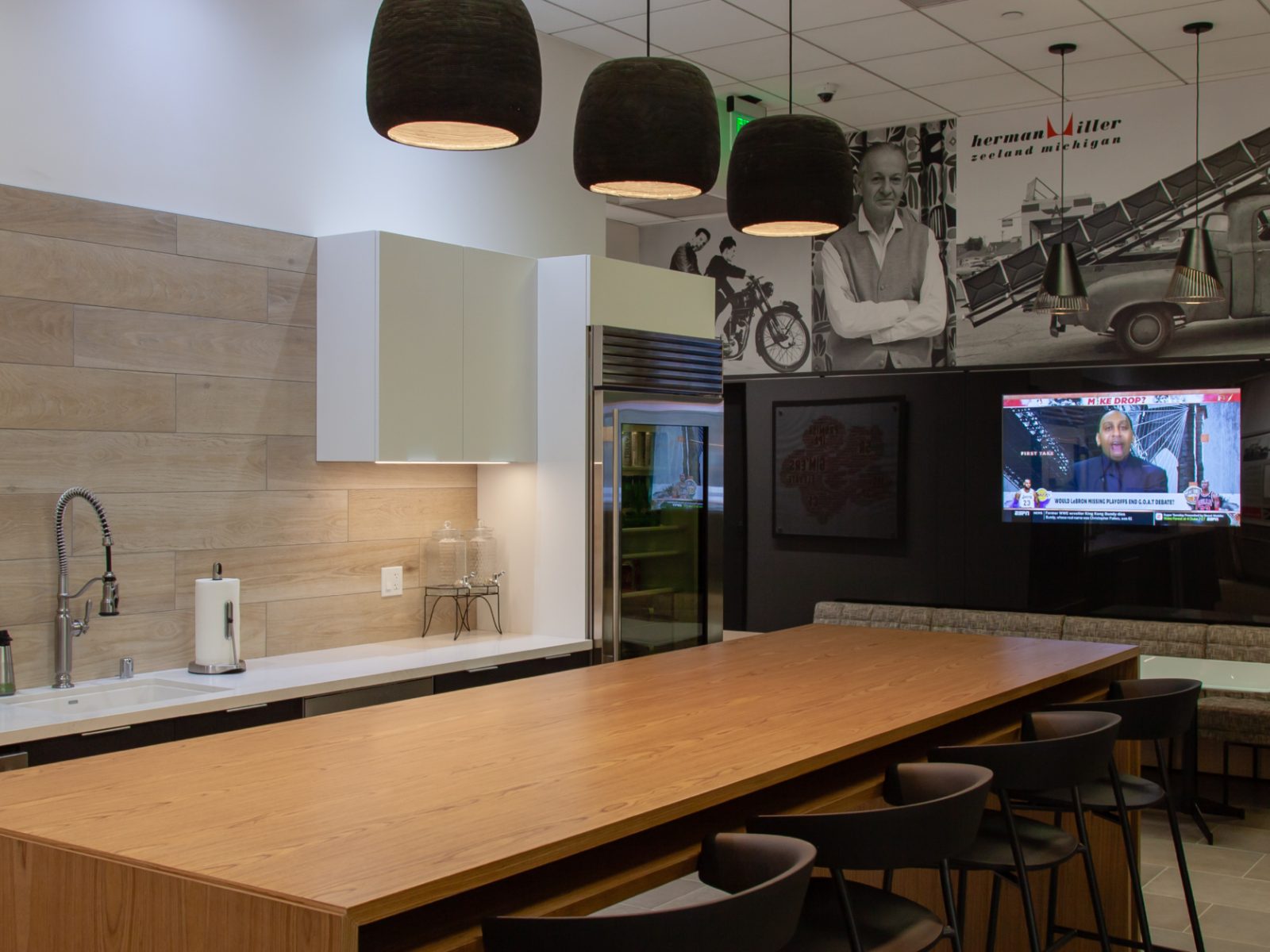Making the Workplace the Destination of Choice
Greg Wooster of Aura shares tips to create inspiring workplaces that encourage employees to leave the comforts of their homes.
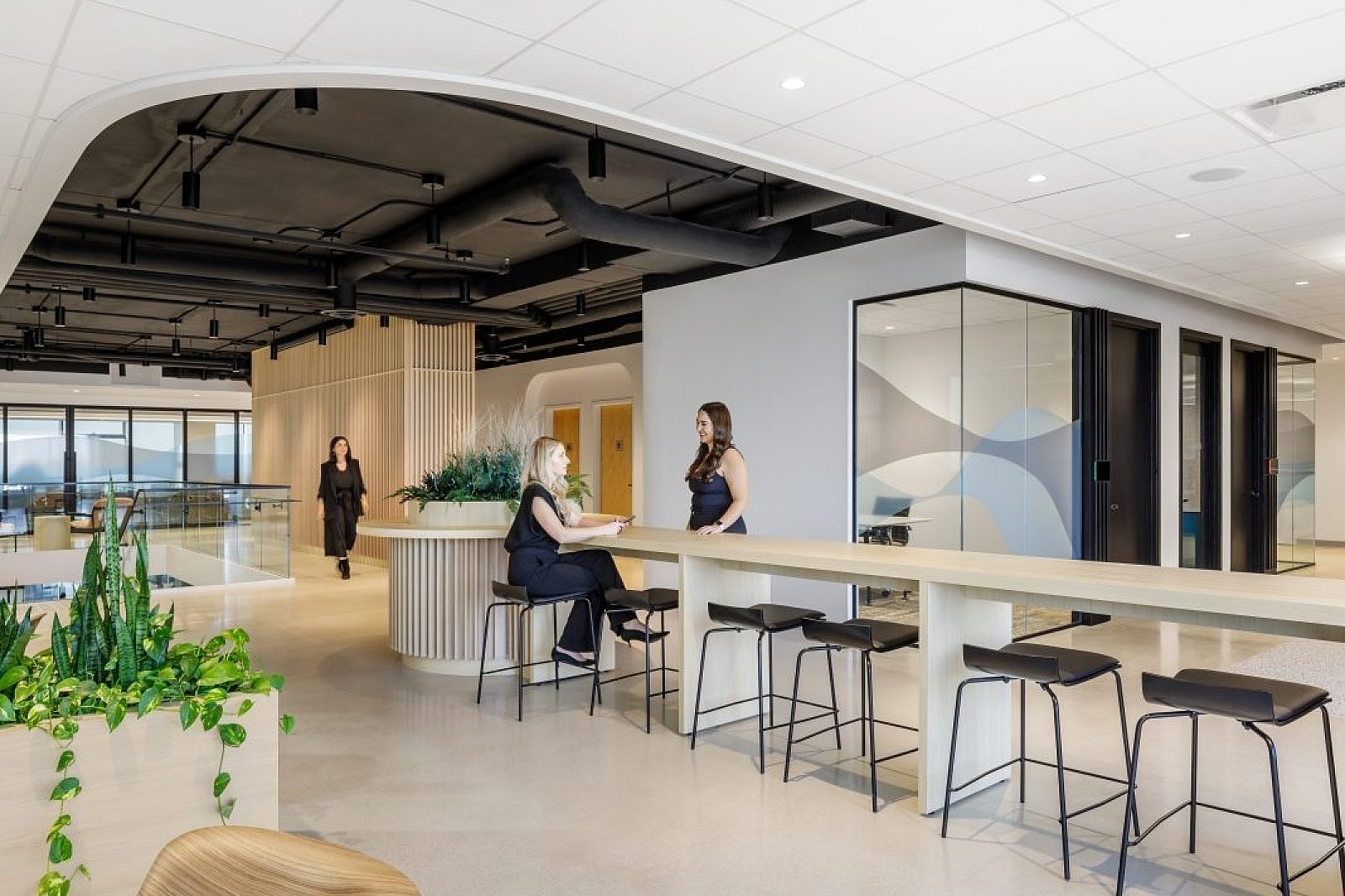
This article was originally published by WorkDesign Magazine.
We are in the midst of the most significant evolution in work dynamics since the Industrial Revolution. The pandemic has reshaped our understanding of work, revealing that it can no longer be confined solely within the four walls of a traditional office. Work is no longer viewed as a destination but an obstacle that employees must overcome. With new workplace dynamics in play, companies are recognizing the importance of the return-on-commute (ROC) for employees as they try to remain competitive in the current market. To entice employees back to the workplace and motivate them to undertake the commute, companies must prioritize creating an attractive and satisfying workplace experience.
The ROC refers to the value or benefits employees derive from their journey to and from the physical workplace rather than working from home or a third space. It is the idea that commuting to the office should provide a tangible and meaningful return on the investment of time, effort, and cost that employees commit to when traveling to work. Furthermore, recognizing the importance of the physical office and taking proactive steps to make it an appealing destination for employees can be the key to building a more collaborative, innovative, and connected work environment.

The Significance of the ROC
In today’s workplace environment, the ROC is significant because it emphasizes the unique advantages of physical workspaces. The physical office remains a cornerstone of a thriving work ecosystem. While virtual platforms like Zoom and MS Teams have become essential tools, they can only partially replace the invaluable benefits of human connection from gathering at a physical office. As a result, organizations are increasingly focusing on designing workplaces that meet functional needs and provide a fulfilling and enriching experience, giving employees a compelling reason to commute. This concept reflects the evolving understanding of the workplace as not just a location for work but as a place where employees can find value, connection, inspiration, and community.
Correlations Between the Workplace and Willingness to Commute
The relationship between a satisfying workplace experience and an employee’s willingness to commute is intrinsic. Suppose the contemporary workplace does not offer an experience that surpasses what employees have become accustomed to while working from home or in third spaces. In that case, employees will likely choose not to commute to the office. With more employees exercising their right to select employers and workspaces that reflect their personal needs and values, the pressure is on organizations to make their offices an attractive destination worth the commute. When workplaces are designed to improve the employee experience, the benefits are profound, ranging from fostering higher-level engagement, enhancing workplace culture, and enabling more effective collaboration and innovation.
Creating a Successful Workplace Experience
A successful workplace experience goes beyond mere functionality; it aims to provide a fulfilling and supportive environment for staff. Employees do not want to return to the same office they left in 2020. Now more than ever, employees want to work for an organization and within a space that reflects their values and brand. A thriving workplace provides a space to gather, connect, collaborate, and innovate. As we stand at a remarkable crossroads in workplace design, we must acknowledge that many employees have grown comfortable with remote work. To overcome this preference for remote work, companies must create inspiring workplaces that encourage employees to leave the comforts of their homes.
Here are some key considerations to focus on:
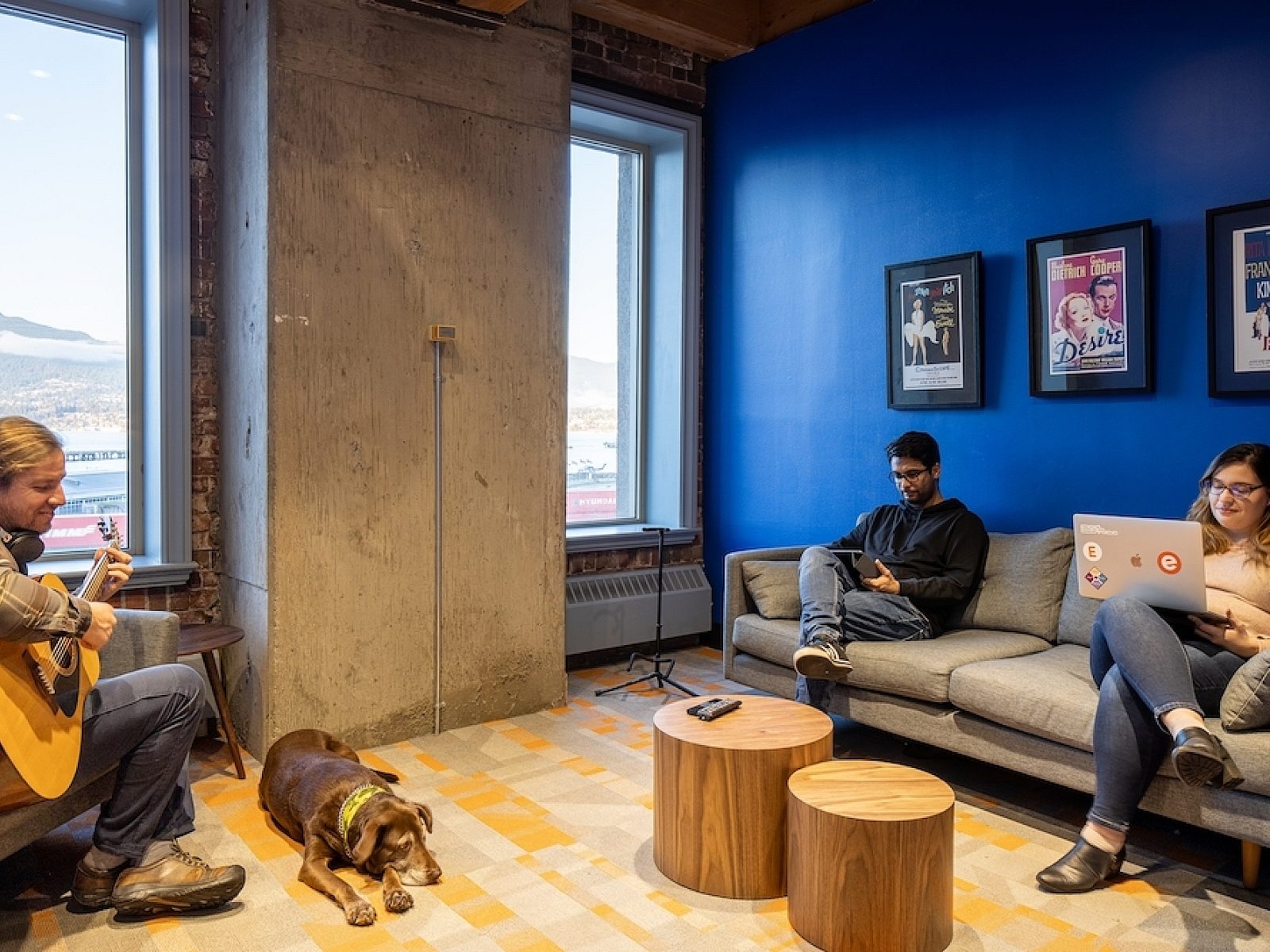
Providing the Comforts of Home and More
Comfort and flexibility are paramount considerations when creating workspaces that make the commute worth it. Employees have become accustomed to the comforts of home and the flexibility of moving between the den/home office to the sofa to the kitchen table. Consequently, they expect a workplace that provides a similar level of flexibility and comfort, or more, to battle against the serenity of the home. New workspaces must supply these and other amenities to encourage employees to tackle their daily commute.
Elements such as work lounges and cafes are increasingly being introduced into workspaces, melding the attractions of the third space with the comforts of home. More and more, staff break areas offer features that employees are accustomed to in their home kitchens or neighborhood coffee shops. Both structured and unstructured collaboration spaces allow employees to connect in person, helping build community and rapport while fostering opportunities to innovate in team settings. A mix of structured and flexible furniture configurations throughout the workplace provides staff with a choice of environments to carry out their daily tasks. With familiar and comfortable offerings, the barriers to the commute are diminished.
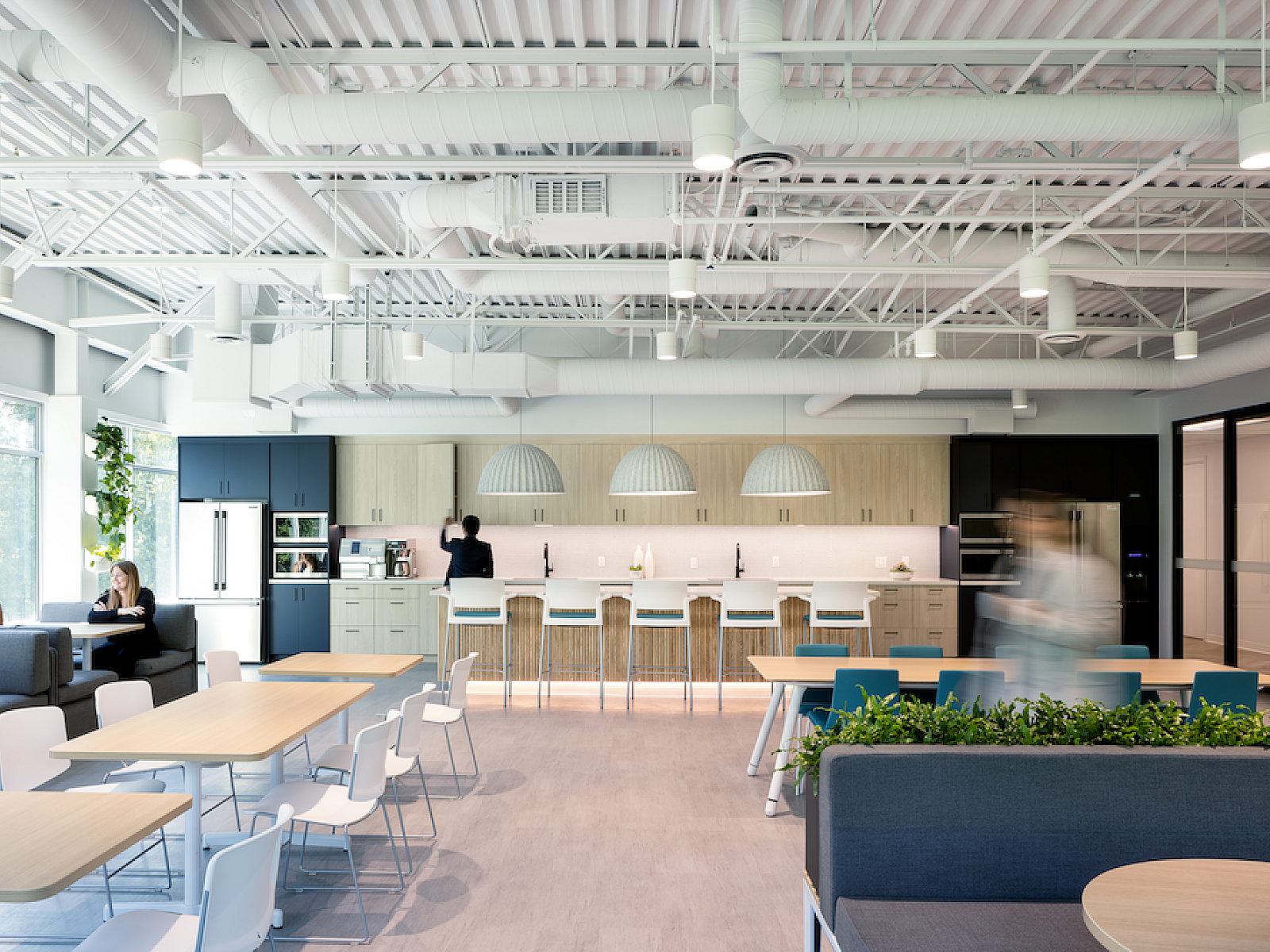
Flexibility
In a world of shared and unassigned workspaces, each area must accommodate the diverse needs of many workers. To foster an environment where all employees can perform at their best, it is imperative to provide flexibility in the workplace. If all that is offered at the office is a standard workstation with little to no adaptability, employees will continue to choose their home as their primary place of work. Workers are already accustomed to executing focused work tasks from the isolation of their home working environments. Contemporary workplaces should offer staff the flexibility and opportunity to engage with coworkers and company leadership in multiple settings. To empower employees with workspace flexibility, consider implementing a functional interior design that includes movable partitions, modular and height-adjustable furniture, and efficient or mobile personal storage solutions. These elements create diverse options for employees to conduct their work effectively.
Another critical aspect of promoting flexibility involves rethinking in-office attendance policies. Our organization has developed guidelines instead of rigid mandates that dictate how often employees should be in the office. This approach aims to strike a balance between maintaining an effective team and acknowledging the significant impact that enforced commuting can have on the health and well-being of employees.
Location Matters
The office’s physical location also plays a considerable role in influencing employees’ willingness to commute. Employees are more likely to commute to an office that is easily accessible, including convenient access to public transit or effortless and affordable parking options. An office surrounded by a vibrant ecosystem of supplementary features and amenities, such as childcare, shopping, and entertainment options, further heightens its allure as a destination. When the workplace offers more than just a place to work, it becomes an excursion, an opportunity for employees to leave the comforts of home for something more than just their job. It creates a memorable experience, which in turn stirs enthusiasm among employees to make the commute.

Bringing the Team Together for a Purpose
To foster a culture of in-person collaboration and engagement among employees, companies must provide a purpose to bring the team together. Offering meaningful events creates a welcoming atmosphere for team members to congregate, form meaningful connections, build culture, and nurture a proud sense of belonging. For example, offering weekly coffee or lunch catering, monthly town halls, quarterly team days, and in-depth strategy sessions can make the commute worth it because they are coming in for a purpose. These in-person initiatives provide a sense of place, encouraging staff to gather, bond, and build connections, enhancing company culture. By providing such a purpose-driven in-person experience, organizations can effectively elevate the office’s appeal, making it a destination and experience employees eagerly anticipate.
Conclusion
In conclusion, the concept of ROC emphasizes that the journey to and from the office should be more than just a physical transition; it should offer a meaningful return on the employees’ investment of cost, time, and effort. In a world where employees can choose their employers and work environments, companies are increasingly pressured to create offices that are not just spaces to work but meaningful destinations worth the commute. This transformation hinges on critical considerations in office design, from comfort and flexibility to the physical location and amenities surrounding it. By prioritizing these factors, organizations can foster higher engagement, improve workplace culture, and enhance collaboration, making the commute a valuable and enriching element of the overall work experience.

